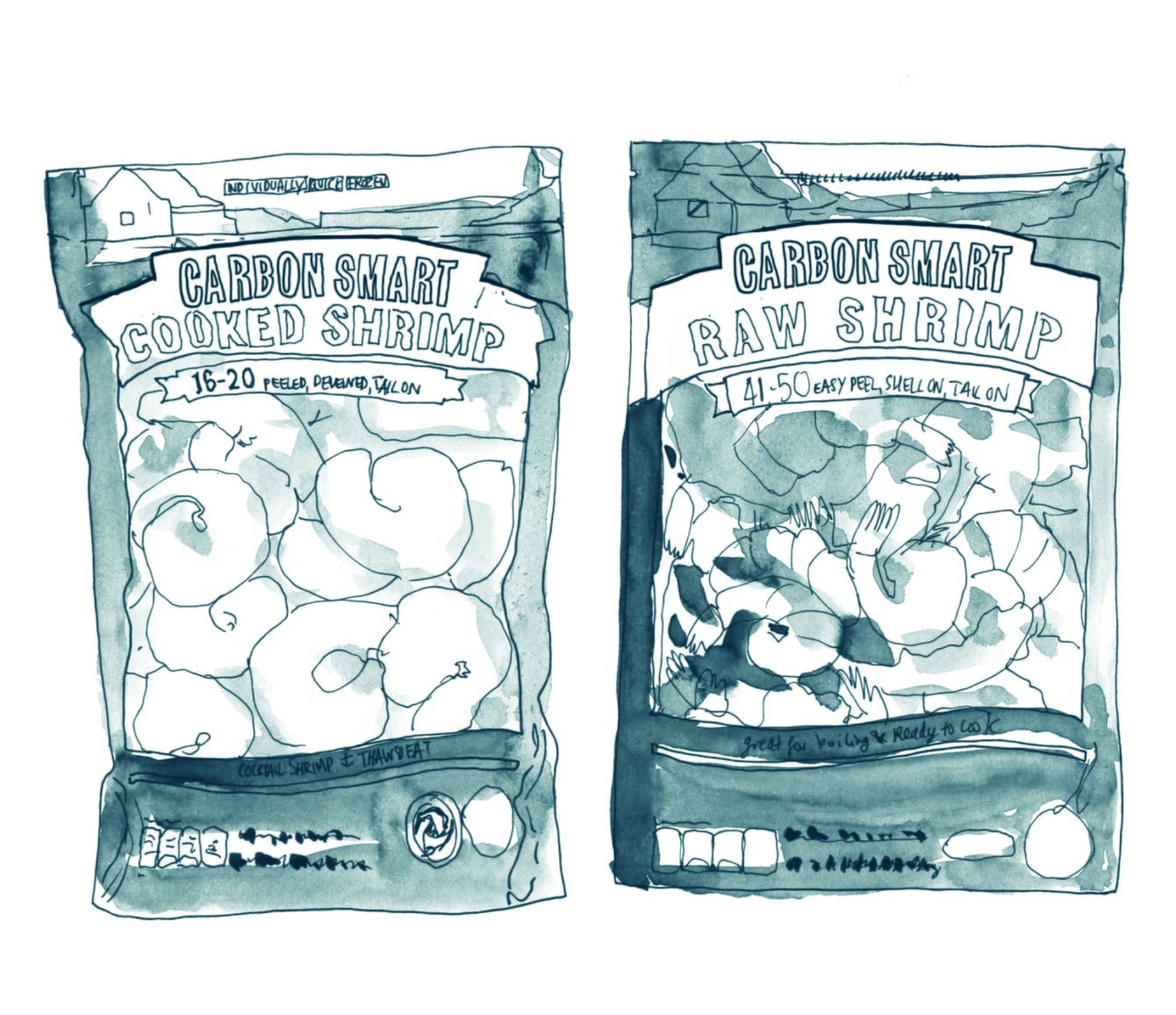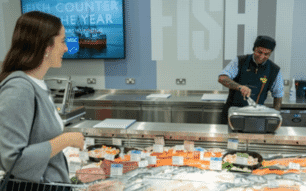
© Global Shrimp Forum
Carbon Footprint of Farmed Shrimp: An Industry Guide will be formally presented at the event, which gathers leaders from across the shrimp supply chain alongside policymakers, researchers and sustainability experts.
“This guide is designed to equip the shrimp industry with the information and confidence it needs to take meaningful action on carbon reduction. Time is not on our side, and my hope is that it will inspire companies to take bold, leading steps towards making shrimp the tasty, low-carbon protein of the future,” said co-author of the report and founder of Blue Biome, Roxanne Nanninga, in a press release.
The guide introduces readers to the key concepts behind measuring and reducing greenhouse gas emissions in shrimp farming. It explains the latest scientific understanding of how, and where, shrimp production contributes to these emissions. Furthermore, it pinpoints practical actions that can drive significant reductions across the value chain and highlights how these steps can deliver commercial advantages, from cost savings to enhanced supply chain resilience.
It also addresses misconceptions, such as the scale of land-use emissions from mangrove deforestation, while flagging research gaps – including the role of methane emissions from shrimp ponds.
“In addition to clarifying where emissions come from, we highlight where there are clear business benefits to investing in carbon reduction, and we point to practical resources for financing climate action. The message is clear: climate responsibility and commercial opportunity can go hand in hand,” noted co-author and CEO of ThinkAqua, Anton Immink.
Coordinated effort required
The guide stresses that achieving meaningful impact will require coordinated efforts across and beyond the supply chain, encouraging companies to forge innovative partnerships with governments, power companies and other sectors.
“This report reflects the Global Shrimp Forum Foundation’s mission to channel our resources into research that supports the industry’s sustainable growth. By funding and sharing studies like this, we aim to give the shrimp sector the evidence it needs to tackle complex challenges such as climate change,” said Esther Luiten, board member of the Global Shrimp Forum.
The guide is funded by the Global Shrimp Forum Foundation, a non-profit organisation that reinvests the financial surplus from the Global Shrimp into research across three streams: mangrove conservation, pre-competitive research and aquaculture improvement projects.
By laying out clear facts, debunking myths and highlighting opportunities, the report aims to help shrimp producers turn climate ambition into action.



